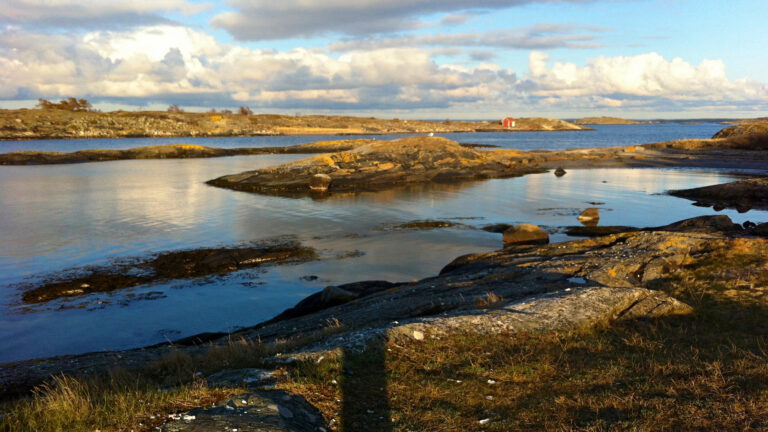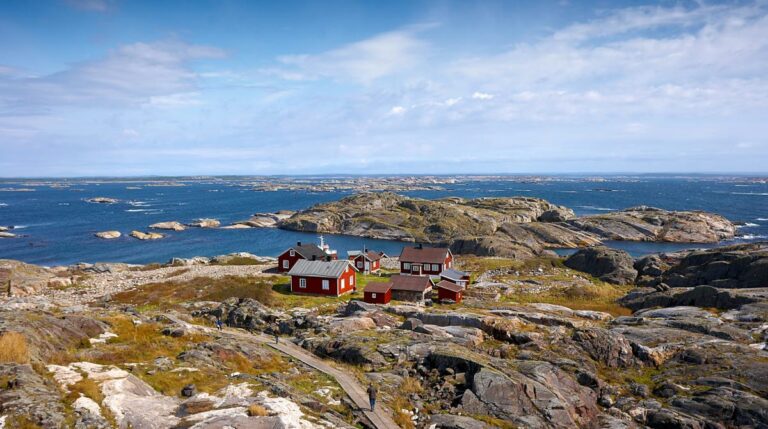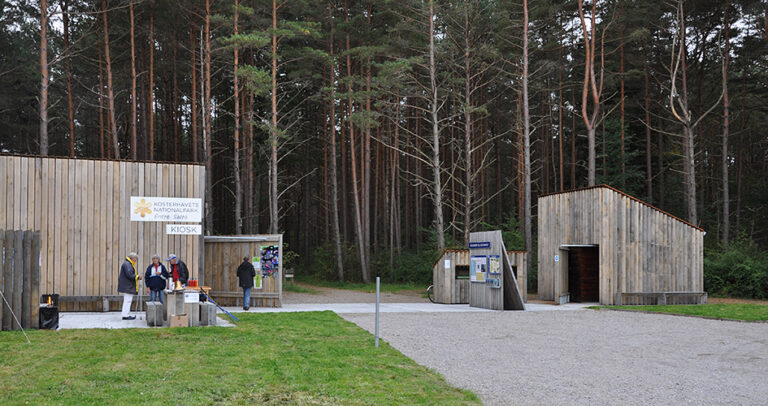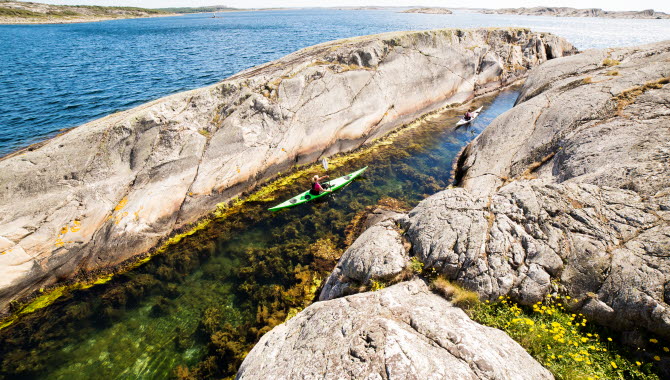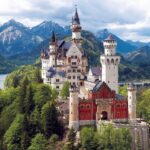
Sweden is a Nordic country in Northern Europe. It borders Norway to the west and north, Finland to the east, and is connected to Denmark in the southwest by a bridge-tunnel across the Öresund. At 450,295 square kilometres (173,860 sq mi), Sweden is the largest country in Northern Europe, the third-largest country in the European Union, and the fifth largest country in Europe. The capital and largest city is Stockholm. Sweden has a total population of 10.4 million, the largest of the Nordic countries; and a low population density of 25.5 inhabitants per square kilometre (66/sq mi). 87% of Swedes live in urban areas, which cover 1.5% of the entire land area. The highest concentration is in the central and southern half of the country. (Source from Wikipedia)
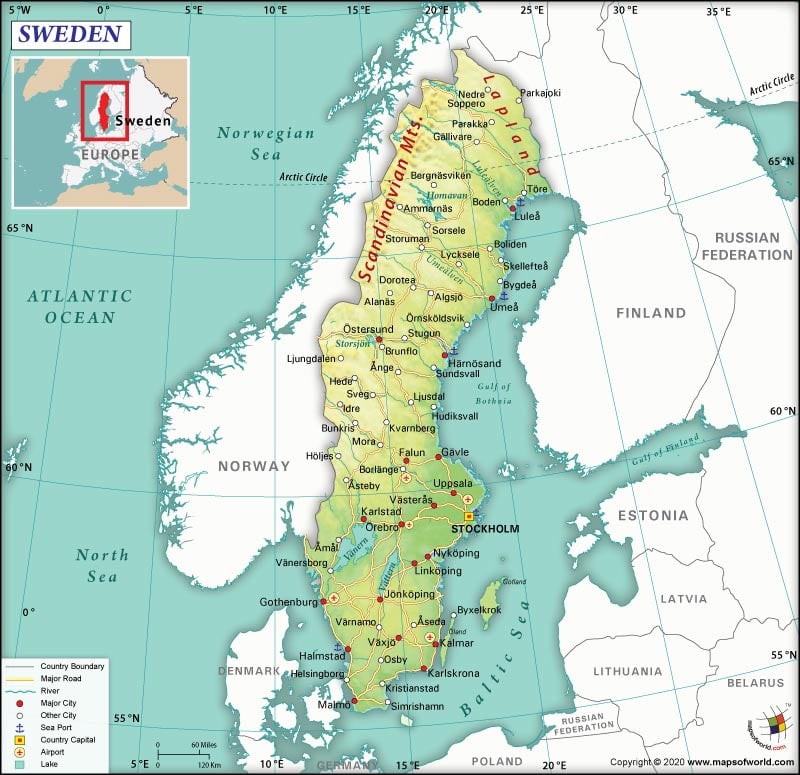

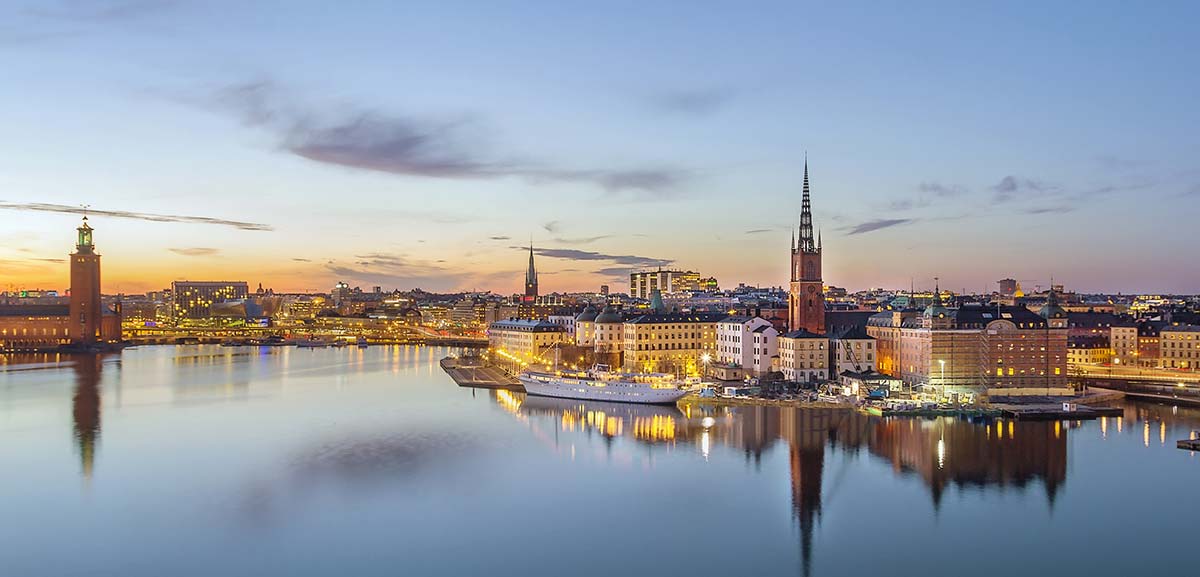
1. Stockholm
Stockholm is the capital and largest city of Sweden as well as the largest urban area in Scandinavia. Approximately 980,000 people live in the municipality, with 1.6 million in the urban area, and 2.4 million in the metropolitan area. The city stretches across fourteen islands where Lake Mälaren flows into the Baltic Sea. Outside the city to the east, and along the coast, is the island chain of the Stockholm archipelago. The area has been settled since the Stone Age, in the 6th millennium BC, and was founded as a city in 1252 by Swedish statesman Birger Jarl. It is also the county seat of Stockholm County and for several hundred years was the capital of Finland as well (Finnish: Tukholma) which then was a part of Sweden. The population of Stockholm is expected to reach one million people in 2022.
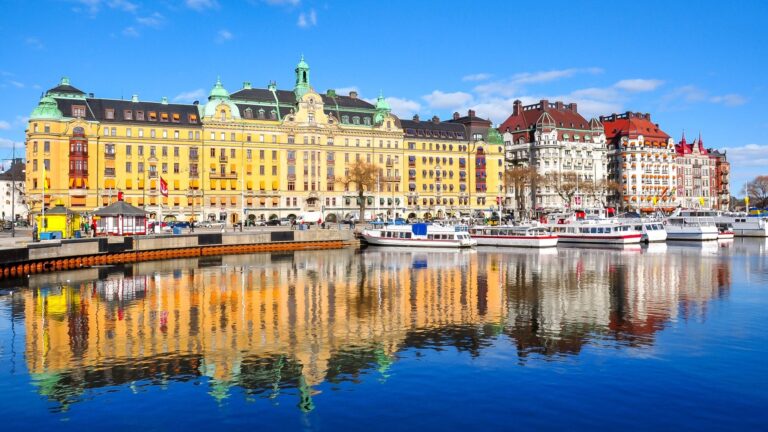
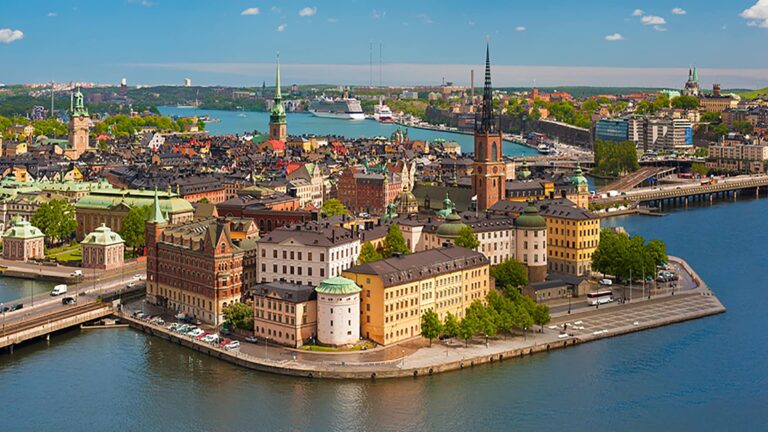
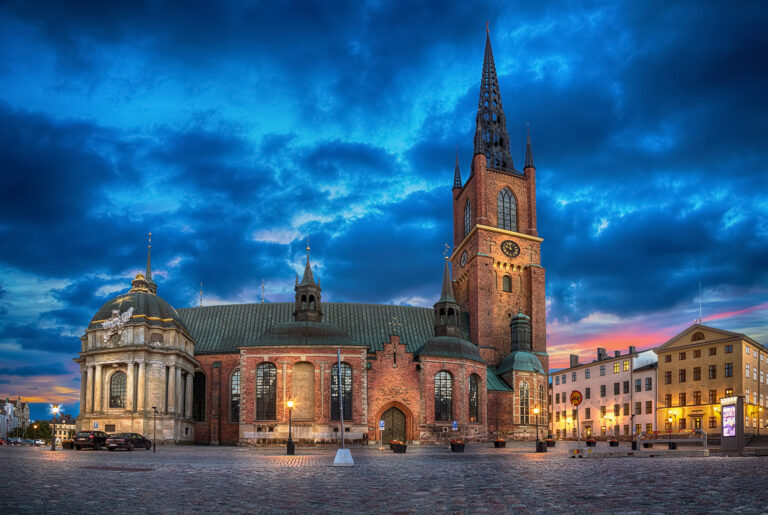
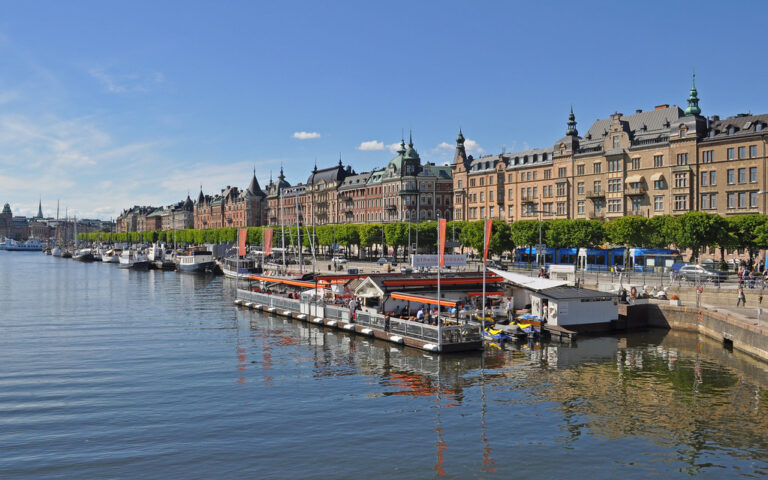

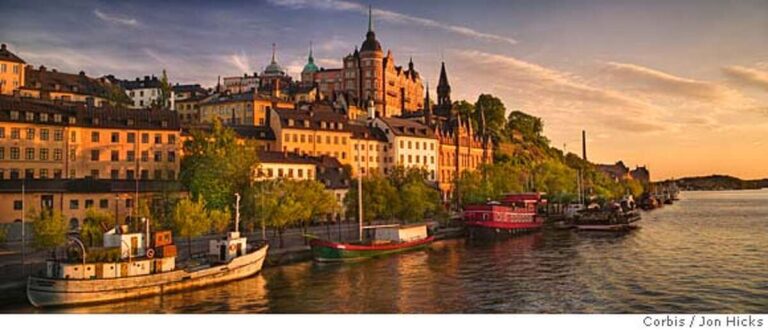

2. Gotland
Gotland is Sweden's largest island. It is also a province, county, municipality, and diocese. The province includes the islands of Fårö and Gotska Sandön to the north, as well as the Karlsö Islands (Lilla and Stora) to the west. The population is 58,595, of which about 23,600 live in Visby, the main town. Outside Visby, there are minor settlements and a mainly rural population. The island of Gotland and the other areas of the province of Gotland make up less than one percent of Sweden's total land area. The county formed by the archipelago is the second smallest by area and is the least populated in Sweden. In spite of the small size due to its narrow width, the driving distance between the furthermost points of the populated islands is about 170 kilometres (110 mi).
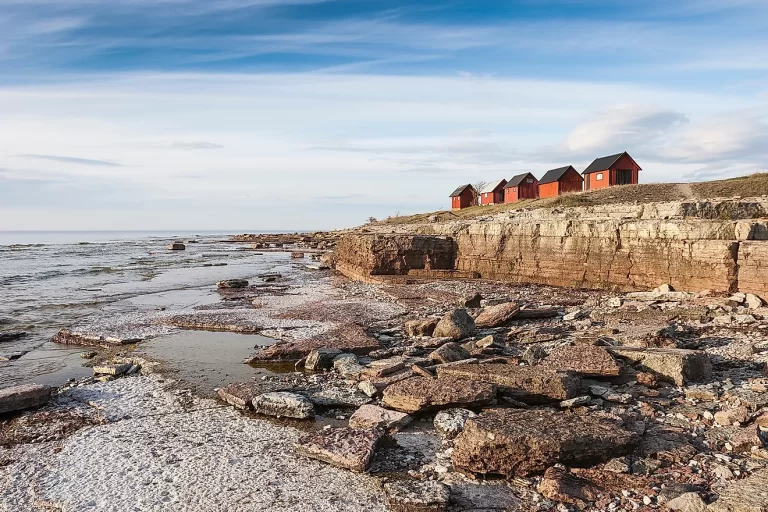
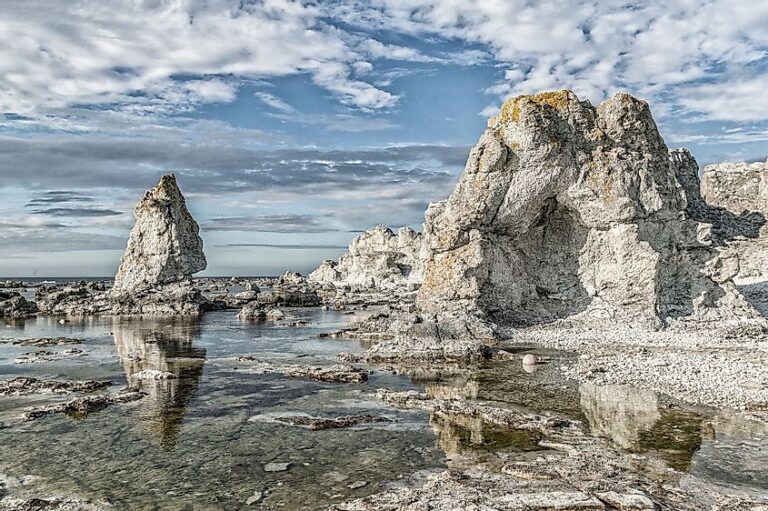
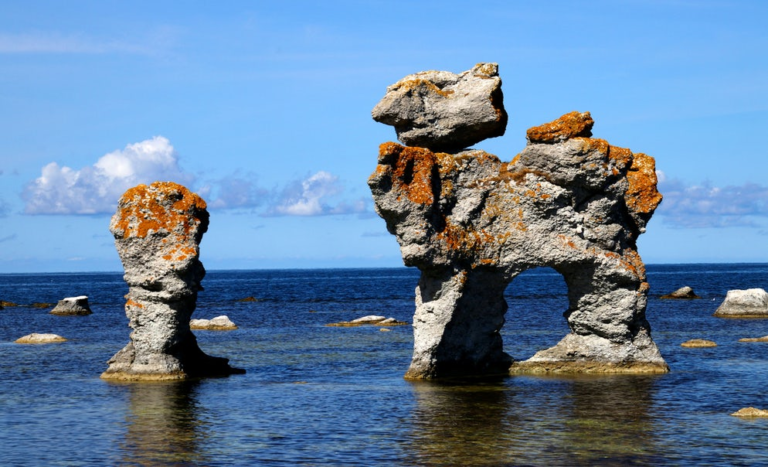


3. Gothenburg
Gothenburg is the second-largest city in Sweden, fifth-largest in the Nordic countries, and capital of the Västra Götaland County. It is situated by Kattegat, on the west coast of Sweden, and has a population of approximately 590,000 in the city proper and about 1.1 million inhabitants in the metropolitan area.
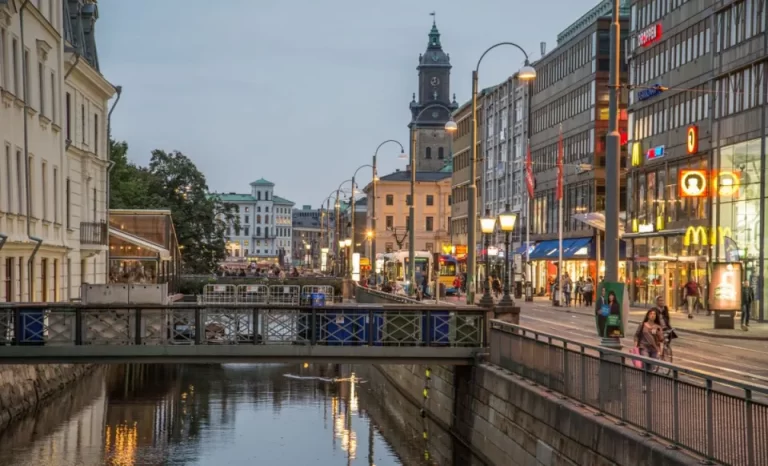
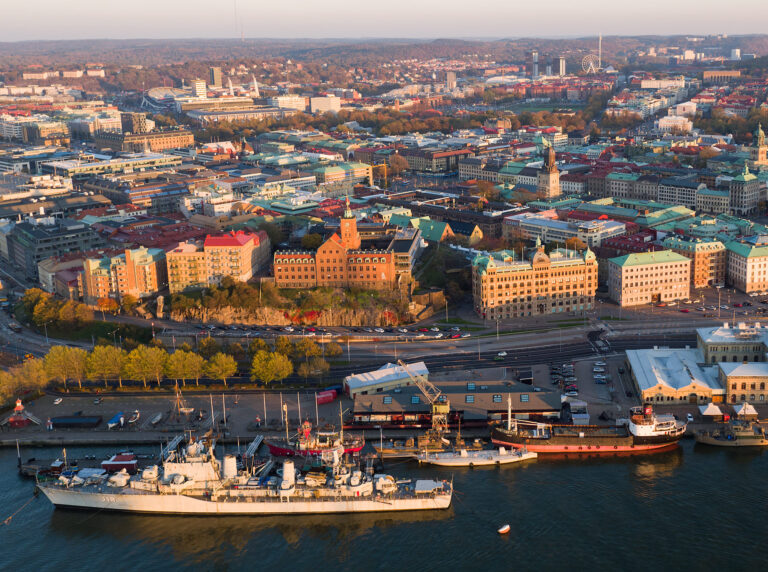
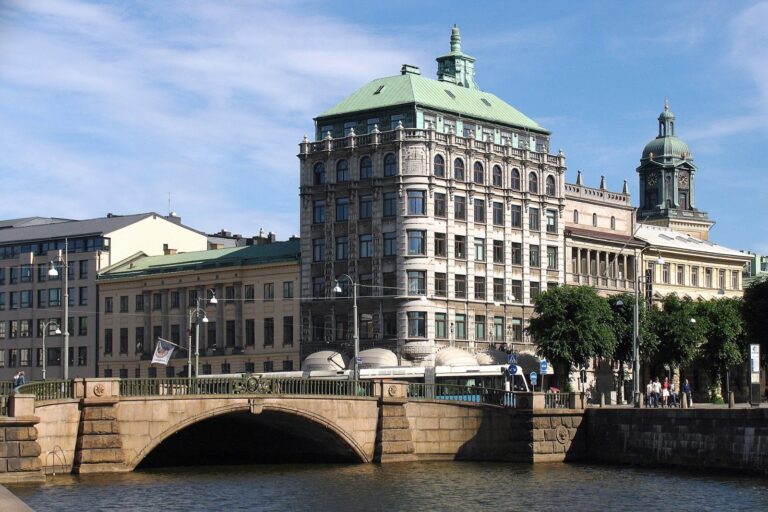
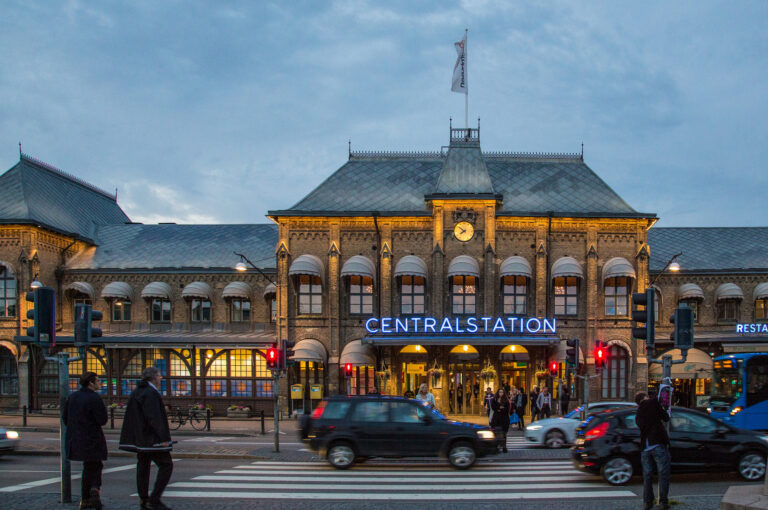

4. Swedish Lapland
Lappland is a province in northernmost Sweden. It borders Jämtland, Ångermanland, Västerbotten, Norrbotten, Norway and Finland. Nearly a quarter of Sweden's land area is in Lappland. Lappland originally extended eastward. However, in 1809 the Russian Empire annexed the eastern part of Sweden, and created the Grand Duchy of Finland, which in effect split Lappland into a Swedish part and a Finnish part, both of which still exist today. It primarily consists of Västerbotten County in the south and Norrbotten County in the north, forming the further inland areas of the two counties. Lapland has the coldest climates of Sweden with vast seasonal differences caused by the high latitudes and the interior location.



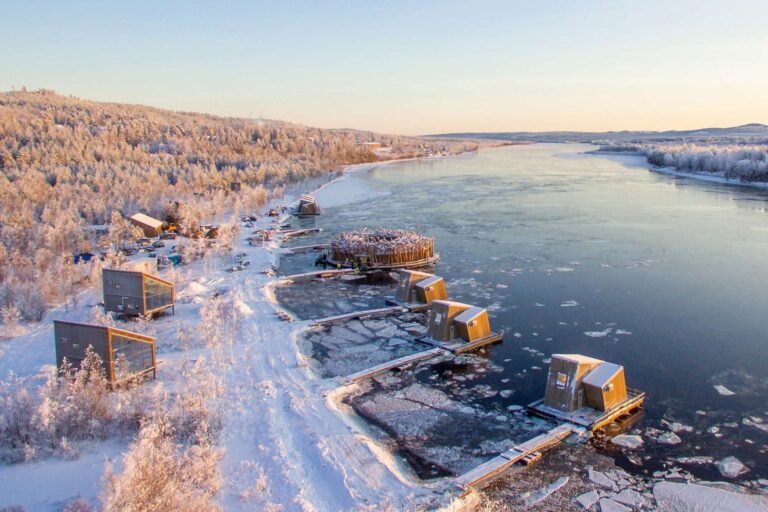
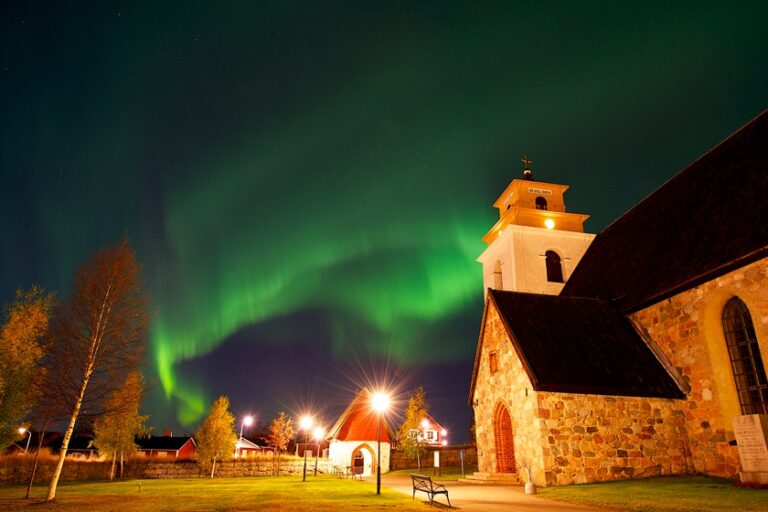
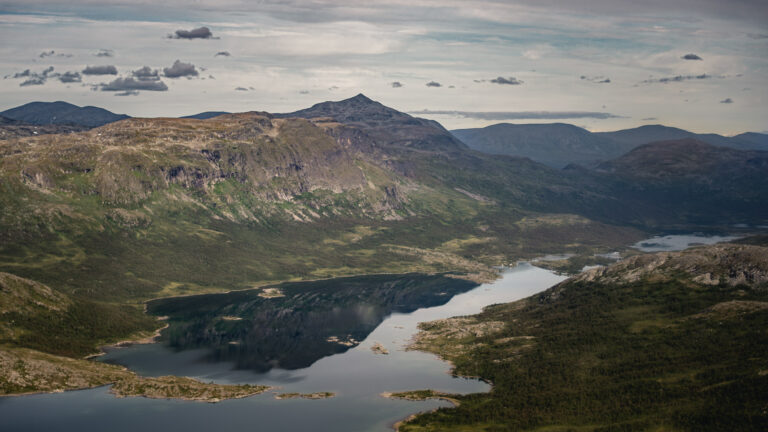
5. Uppsala
Uppsala is the county seat of Uppsala County and the fourth-largest city in Sweden, after Stockholm, Gothenburg, and Malmö. It had 177,074 inhabitants in 2019. Located 71 km (44 mi) north of the capital Stockholm it is also the seat of Uppsala Municipality. Since 1164, Uppsala has been the ecclesiastical centre of Sweden, being the seat of the Archbishop of the Church of Sweden. Uppsala is home to Scandinavia's largest cathedral – Uppsala Cathedral, which was the frequent site of the coronation of the Swedish monarch until the late 19th century. Uppsala Castle, built on the site of the former residence of the Archbishop by King Gustav Vasa, served as one of the royal residences of the Swedish monarchs, and was expanded several times over its history, making Uppsala the secondary capital of Sweden during its greatest extent. Today it serves as the residence of the Governor of Uppsala County.
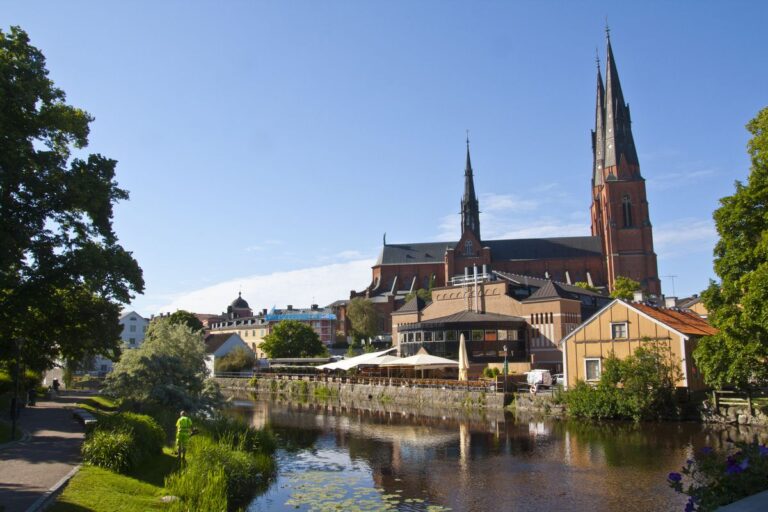
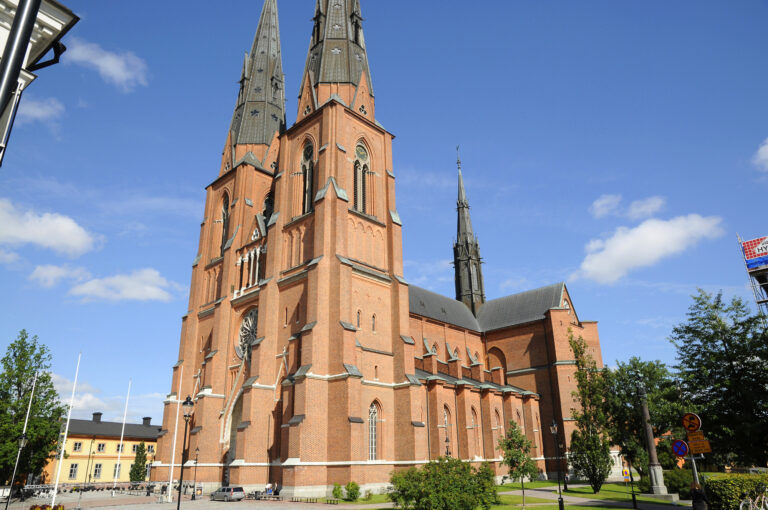
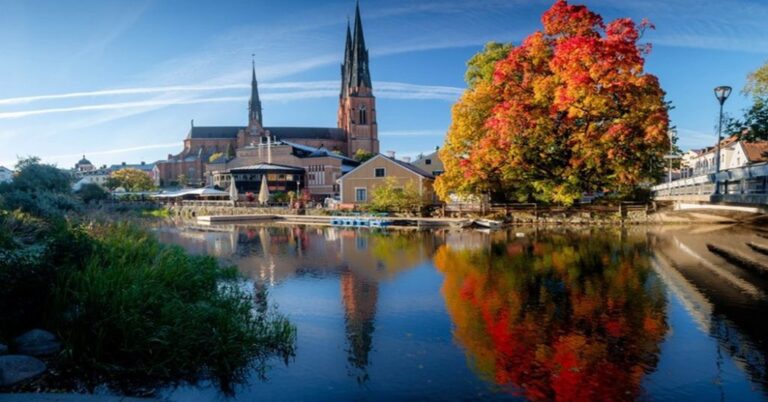
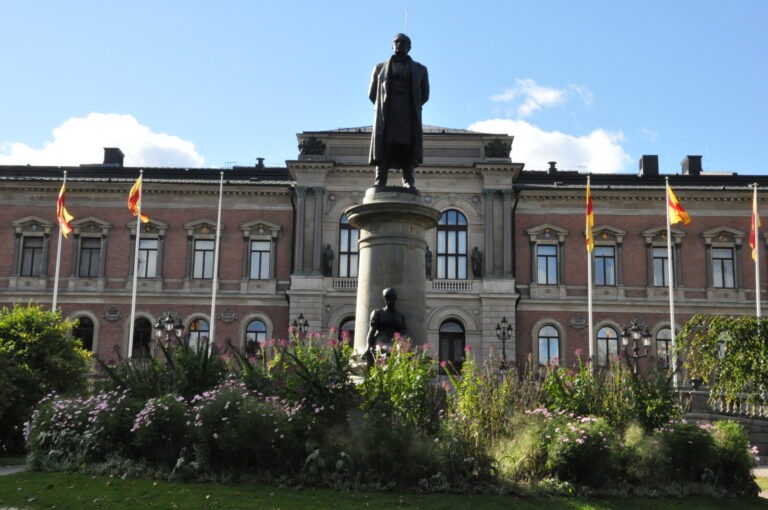
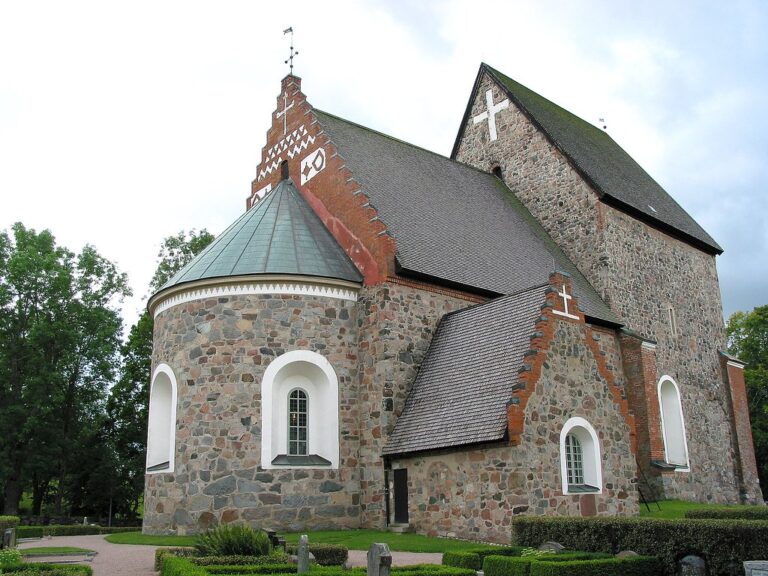
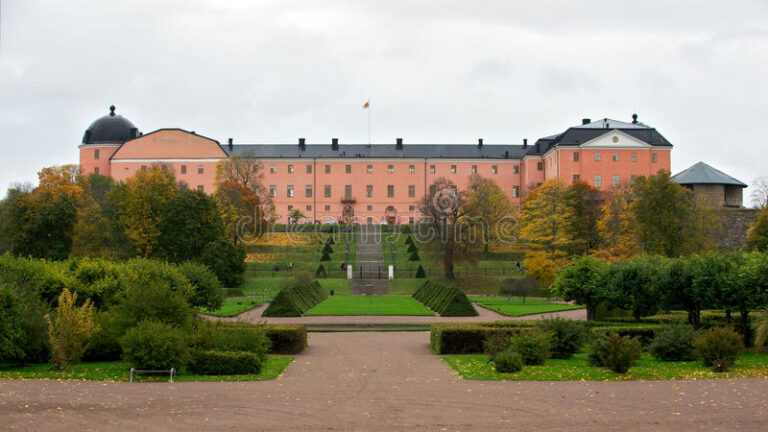
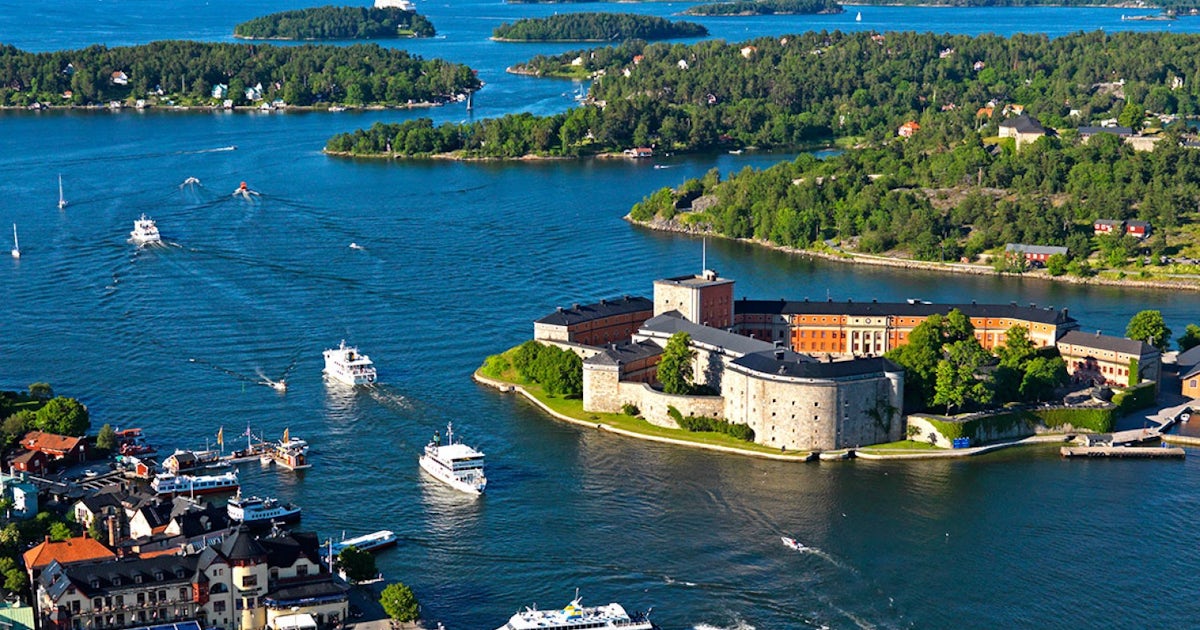
6. Stockholm archipelago
The Stockholm Archipelago is the largest archipelago in Sweden, and the second-largest archipelago in the Baltic Sea (the largest being across the Baltic in Finland). Part of the archipelago has been designated as a Ramsar site since 1989. Visiting the larger islands in the archipelago is easy all year round, but during winter period the routes depend on the ice conditions. Several companies have regular routes. The largest ship owner company is Waxholmsbolaget owned by the Stockholm County government. Taxi boats are also available. In summer the archipelago bristles with private boats filled with people who often take advantage of Allemansrätt (or "everyman's right"), a law which gives anyone the right to go ashore or anchor on any ground not in the direct vicinity of buildings.
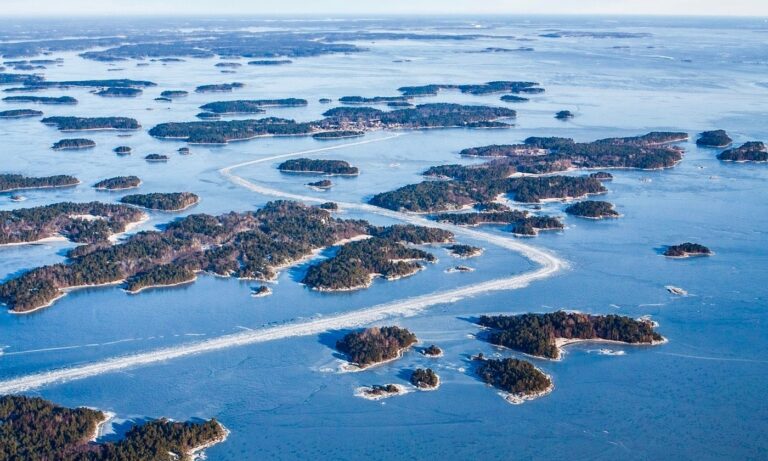
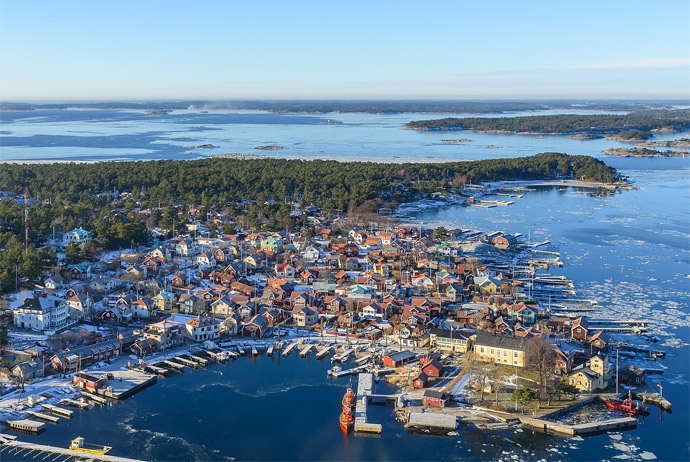
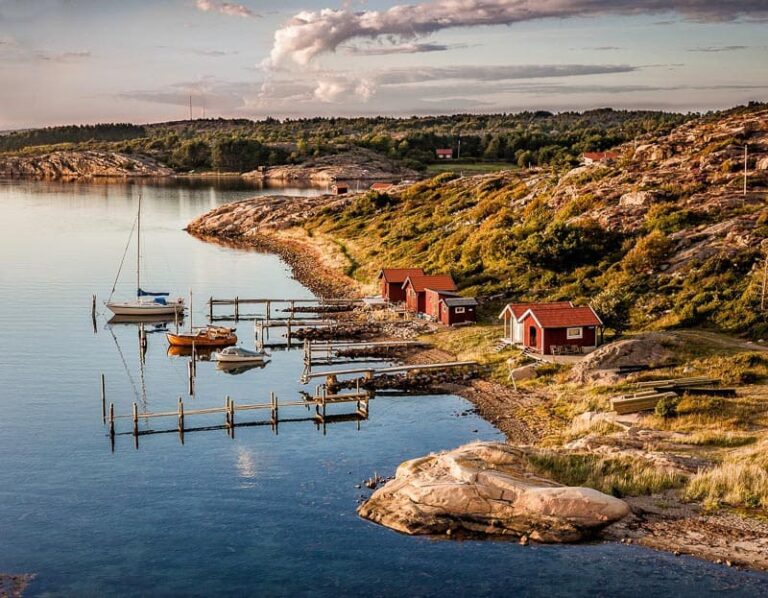
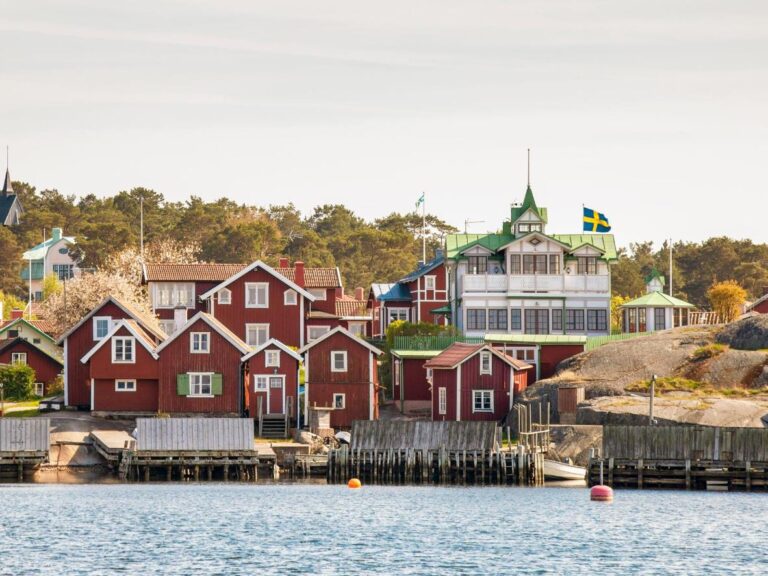
7. Ystad
Ystad is a town and the seat of Ystad Municipality, in Scania County, Sweden. Ystad had 18,350 inhabitants in 2010. The settlement dates from the 11th century and has become a busy ferryport, local administrative centre, and tourist attraction. The detective series Wallander, created by Henning Mankell, is set primarily in Ystad.
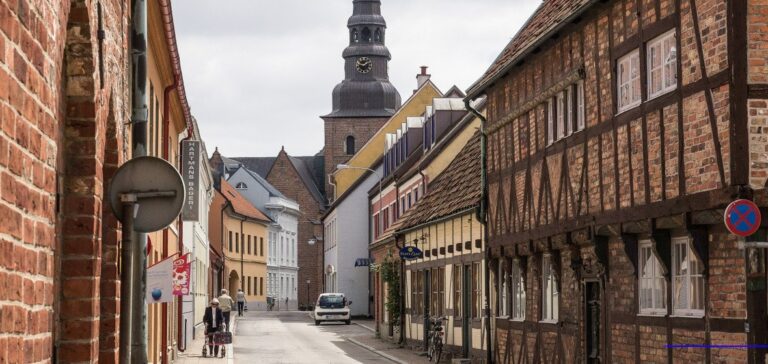

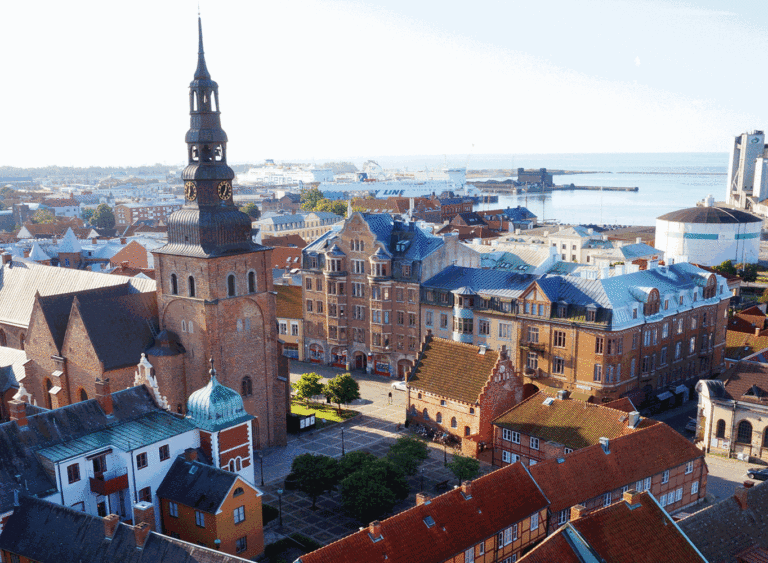

8. Malmo
Malmö is the largest city in the Swedish county (län) of Scania. It is the third-largest city in Sweden, after Stockholm and Gothenburg, and the sixth-largest city in the Nordic region, with a population of 316,588 (municipal total 350,647 in 2021). The Malmö Metropolitan Region is home to over 700,000 people, and the Greater Copenhagen region, which includes Malmö as well as Copenhagen, is home to 4 million people. Malmö is considered a gamma-level global city by the Globalization and World Cities Research Network.
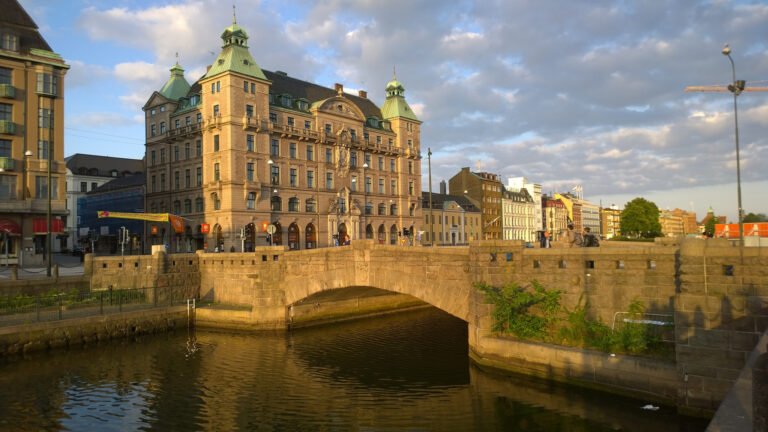
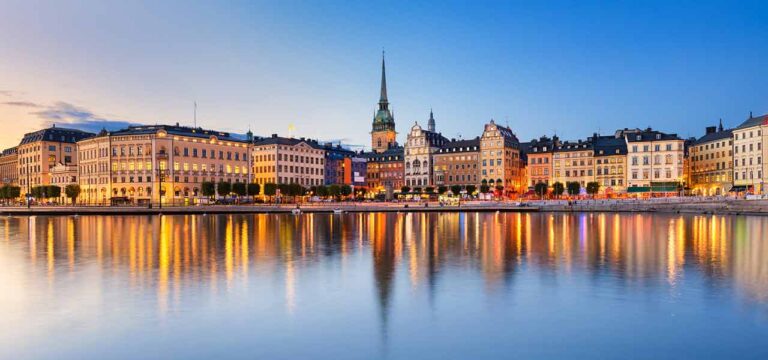
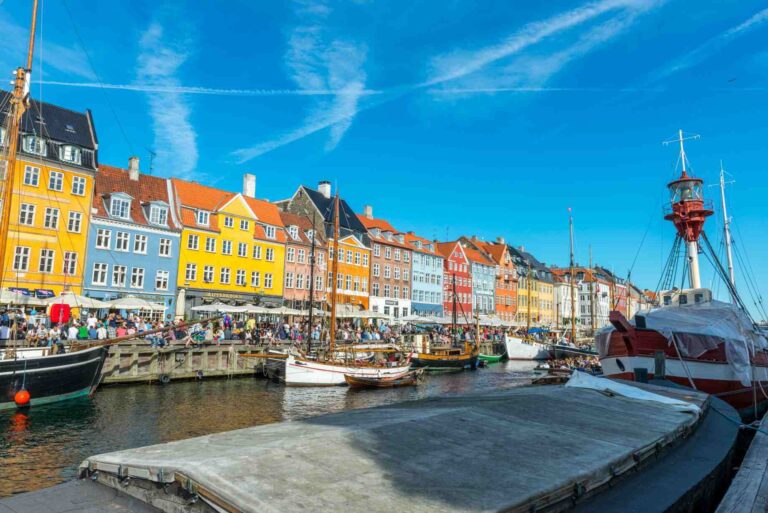
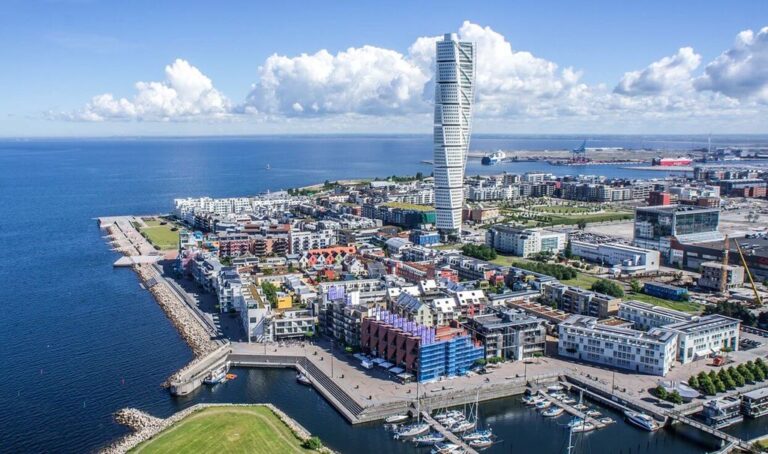

9. Marstrand
Marstrand is a seaside locality situated in Kungälv Municipality, Västra Götaland County, Sweden. It had 1,320 inhabitants in 2010. The town got its name from its location on the island of Marstrand. Despite its small population, for historical reasons Marstrand is often referred to as a city. The town has expanded to the neighbouring island of Koön, which has bridge access to the mainland.
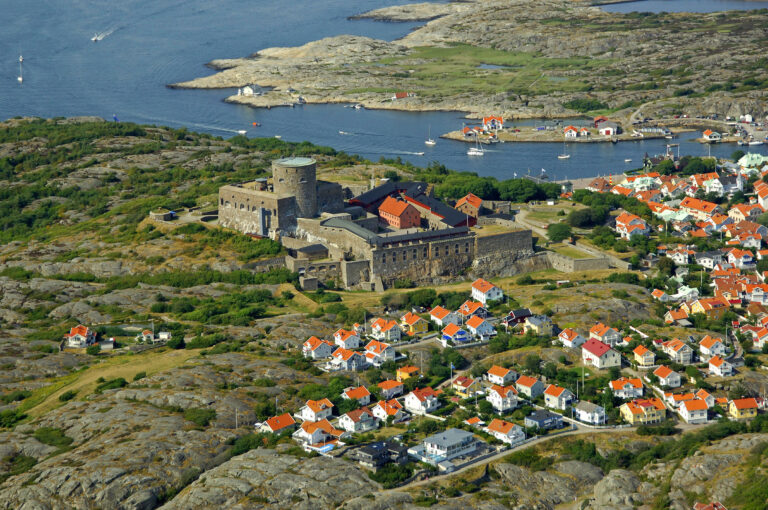
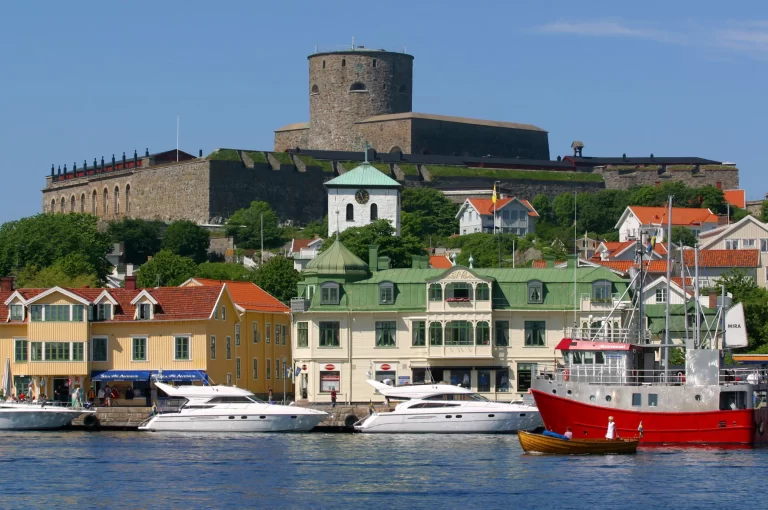
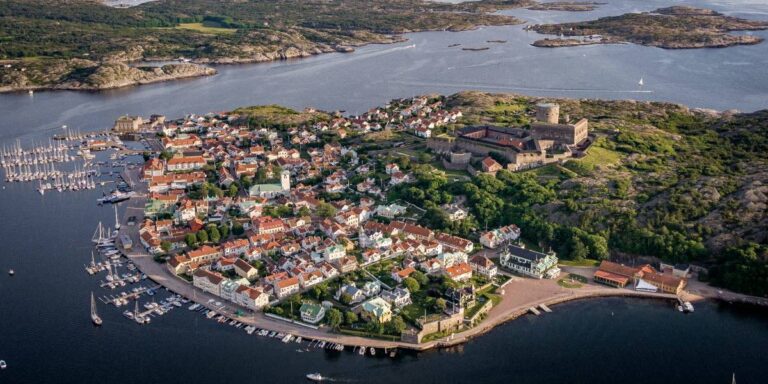

10. Kosterhavet National Park
Kosterhavet National Park is the first national marine park in Sweden, inaugurated on September 2009. It is part of the Skagerrak sea and is located in Strömstad and Tanum municipalities in Bohuslän, Västra Götaland County, Sweden. It consists of the sea and shores around the Koster Islands, excluding everything else on the islands. In the north, it borders the Norwegian marine park of Ytre Hvaler.
